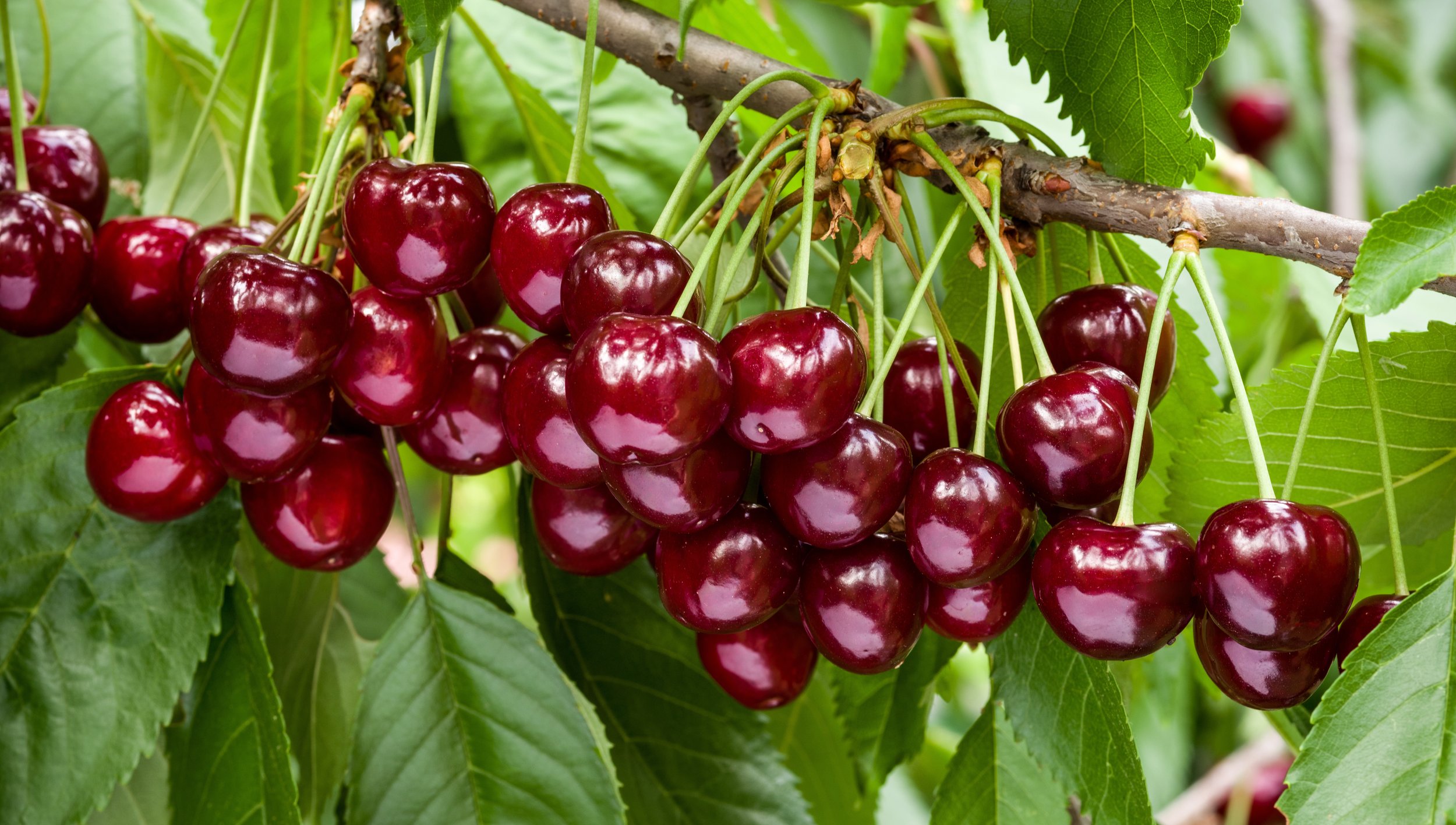
Wild Cherry Bark
Prunus virginiana or Prunus serotina
Therapeutics
antibacterial, anti-inflammatory, antioxidant, anti-proliferatie (anti cancer), astringent, antitussive (cough suppression), antispasmodic, expectorant, and simple bitter.
Plant Anatomy & Growth
The tree can grow up to 50 to 100 feet tall and 2 to 5 feet in diameter. It has smooth, reddish-brown bark that has white lenticels that elongate with time. It flowers in May or June with small white flowers that have little scent. These delicate flowers transform into the fruit we all know and love at the beginning of the summer.
Native to eastern and central North America, the wild cherry tree likes to grow at the border forests and prefers fully or partially exposed areas.
Cherries are the most common part to harvest, but bark from the wild cherry tree is extremely medicinal. Harvest the bark and young stems in autumn making sure to remove the rough, black exterior bark. The inner bark is softer and easier to work with.
Color
The bark it dark brown externally and a lighter reddish brown internally
Scent
Bark has a very woodsy scent, aromatic
Taste
bitter and woodsy, astringent
Constituents
Vitamin C, prunasin and prunase, L-mandelonitile glucoside, ferment emulsin, tannins, tri-methyl-gallic acid, l-mandelic acid, and dextrose.
Uses
Wild cherry bark is extracted best into alcohol or apple cider vinegar and makes for a great addition to your bitter tinctures. It is most commonly used in cold and flu remedies due to its tonic effects on our respiratory system. It makes for an amazing treatment for dry cough as it is a powerful antitussive. It is truly a must have for your home apothecary!
Do not use while pregnant or for long term use. Best used when relief is needed not as a preventative treatment. It may also interact with medications in the liver causing them to be broken down more slowly. Always check with your practitioner before use.
References
Sisodia, R., Singh, S., Mundotiya, C., Meghnani, E., & Srivastava, P. (2011). Radioprotection of Swiss albino mice by Prunus avium with special reference to hematopoietic system. Journal of environmental pathology, toxicology and oncology : official organ of the International Society for Environmental Toxicology and Cancer, 30(1), 55–70. https://doi.org/10.1615/jenvironpatholtoxicoloncol.v30.i1.60
Yamaguchi, K., Liggett, J. L., Kim, N. C., & Baek, S. J. (2006). Anti-proliferative effect of horehound leaf and wild cherry bark extracts on human colorectal cancer cells. Oncology reports, 15(1), 275–281. https://pubmed.ncbi.nlm.nih.gov/16328068/
Telichowska, A., Kobus-Cisowska, J., & Szulc, P. (2020). Phytopharmacological Possibilities of Bird Cherry Prunus padus L. and Prunus serotina L. Species and Their Bioactive Phytochemicals. Nutrients, 12(7), 1966. https://doi.org/10.3390/nu12071966

